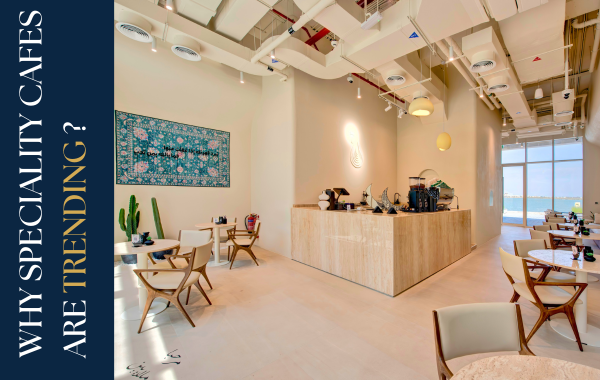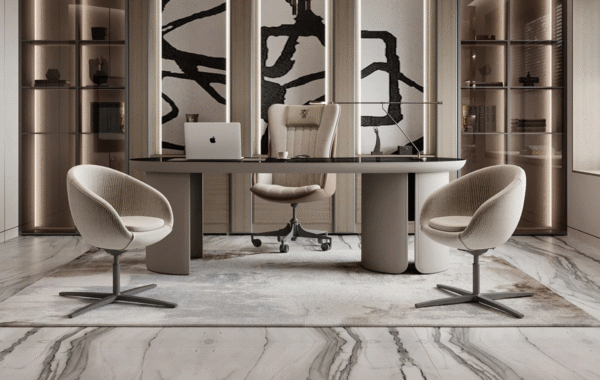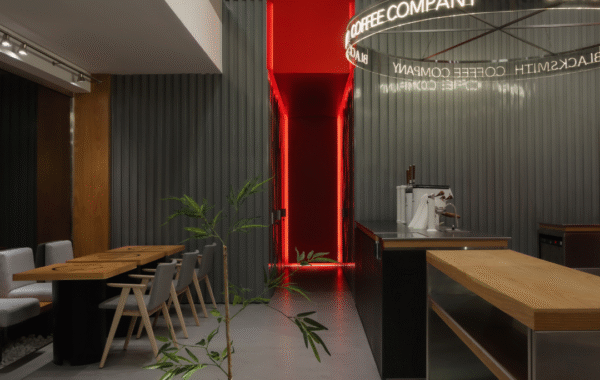Specialty cafes have become a fixture in today's coffee culture, catering to a growing number of coffee enthusiasts who are looking for a premium, artisanal coffee experience. From the quality of the beans to the ambiance of the cafe, specialty cafes offer a unique and rewarding coffee experience that sets them apart from traditional chain coffee shops.One of the defining features of specialty cafes is the attention to detail unique atmosphere they offer.
that is put into every aspect of the coffee-making process.
Does classroom design actually affect learning?

The answer is YES!
The results of a 2015 study published in the Building and Environment journal show that there is a 16% impact of the school’s design on the learning rates students. The study assessed 153 classrooms across 27 schools to identify how physical classroom features affect students’ learning progress, and what design parameters contribute to it. Seven design parameters were identified that help this 16% increase in learning progress: lighting; temperature; air quality; ownership; flexibility; complexity; and color.
Which details of the classroom design make a positive difference?

Good air quality and a comfortable temperature in the classroom increased learner progress by a good 28%. This means that the room should not be too cold nor too hot and humid. Plants can also be incorporated to keep the inside air clean and pleasant.
Flexible seating options can also be applied instead of the rigid rows of seats and desks of the traditional classroom design. Giving students the freedom of choosing where to sit and who to sit with gives them a sense of ownership and also fosters collaboration and community in the classroom. Notwithstanding the need for personal space, individual working spaces should also be provided as a choice.
It is time for industrial fluorescent lighting to exit the stage as an option for classroom design. They are not only unattractive, they also prove to be too stark and hinder effective learning. Natural light is ideal for classroom design and big windows and daylight, according to research, results in 20% faster progress in mathematics and reading.
The use of color in key areas also help stimulate students’ analytical and creative thinking. A blanched layout and wall displays, used as accents, increase student progress by 23%.
Designers often face one key challenge when creating classroom design; we do not directly consult or collaborate with the main clients — that is, the main users of the space, which are the students. For us, it is important to break free from the norm, do the research, and place ourselves back to the time when we were students in a classroom most of our day, and design accordingly.
Does classroom design actually affect learning?

The answer is YES!
The results of a 2015 study published in the Building and Environment journal show that there is a 16% impact of the school’s design on the learning rates students. The study assessed 153 classrooms across 27 schools to identify how physical classroom features affect students’ learning progress, and what design parameters contribute to it. Seven design parameters were identified that help this 16% increase in learning progress: lighting; temperature; air quality; ownership; flexibility; complexity; and color.
Which details of the classroom design make a positive difference?

Good air quality and a comfortable temperature in the classroom increased learner progress by a good 28%. This means that the room should not be too cold nor too hot and humid. Plants can also be incorporated to keep the inside air clean and pleasant.
Flexible seating options can also be applied instead of the rigid rows of seats and desks of the traditional classroom design. Giving students the freedom of choosing where to sit and who to sit with gives them a sense of ownership and also fosters collaboration and community in the classroom. Notwithstanding the need for personal space, individual working spaces should also be provided as a choice.
It is time for industrial fluorescent lighting to exit the stage as an option for classroom design. They are not only unattractive, they also prove to be too stark and hinder effective learning. Natural light is ideal for classroom design and big windows and daylight, according to research, results in 20% faster progress in mathematics and reading.
The use of color in key areas also help stimulate students’ analytical and creative thinking. A blanched layout and wall displays, used as accents, increase student progress by 23%.
Designers often face one key challenge when creating classroom design; we do not directly consult or collaborate with the main clients — that is, the main users of the space, which are the students. For us, it is important to break free from the norm, do the research, and place ourselves back to the time when we were students in a classroom most of our day, and design accordingly.
Does classroom design actually affect learning?

The answer is YES!
The results of a 2015 study published in the Building and Environment journal show that there is a 16% impact of the school’s design on the learning rates students. The study assessed 153 classrooms across 27 schools to identify how physical classroom features affect students’ learning progress, and what design parameters contribute to it. Seven design parameters were identified that help this 16% increase in learning progress: lighting; temperature; air quality; ownership; flexibility; complexity; and color.
Which details of the classroom design make a positive difference?

Good air quality and a comfortable temperature in the classroom increased learner progress by a good 28%. This means that the room should not be too cold nor too hot and humid. Plants can also be incorporated to keep the inside air clean and pleasant.
Flexible seating options can also be applied instead of the rigid rows of seats and desks of the traditional classroom design. Giving students the freedom of choosing where to sit and who to sit with gives them a sense of ownership and also fosters collaboration and community in the classroom. Notwithstanding the need for personal space, individual working spaces should also be provided as a choice.
It is time for industrial fluorescent lighting to exit the stage as an option for classroom design. They are not only unattractive, they also prove to be too stark and hinder effective learning. Natural light is ideal for classroom design and big windows and daylight, according to research, results in 20% faster progress in mathematics and reading.
The use of color in key areas also help stimulate students’ analytical and creative thinking. A blanched layout and wall displays, used as accents, increase student progress by 23%.
Designers often face one key challenge when creating classroom design; we do not directly consult or collaborate with the main clients — that is, the main users of the space, which are the students. For us, it is important to break free from the norm, do the research, and place ourselves back to the time when we were students in a classroom most of our day, and design accordingly.

1) Premium Quality Coffee
Specialty cafes typically serve coffee that is of higher quality than what you might find at a regular coffee shop. This means that the beans are sourced from top-quality producers, roasted to perfection, and brewed with care. The baristas at specialty cafes are highly trained and skilled in the art of coffee making. They can provide customers with a wealth of information about the coffee they are drinking and the various brewing methods available.
2) Unique Atmosphere
One of the defining features of specialty cafes is the unique atmosphere they offer. They often have a distinct and unique ambiance that sets them apart from other cafes. They may be designed with a particular theme or aesthetic in mind, and often feature comfortable seating, natural lighting, and a relaxed ambiance. This creates a welcoming and inviting environment where people can come and spend time with friends or colleagues.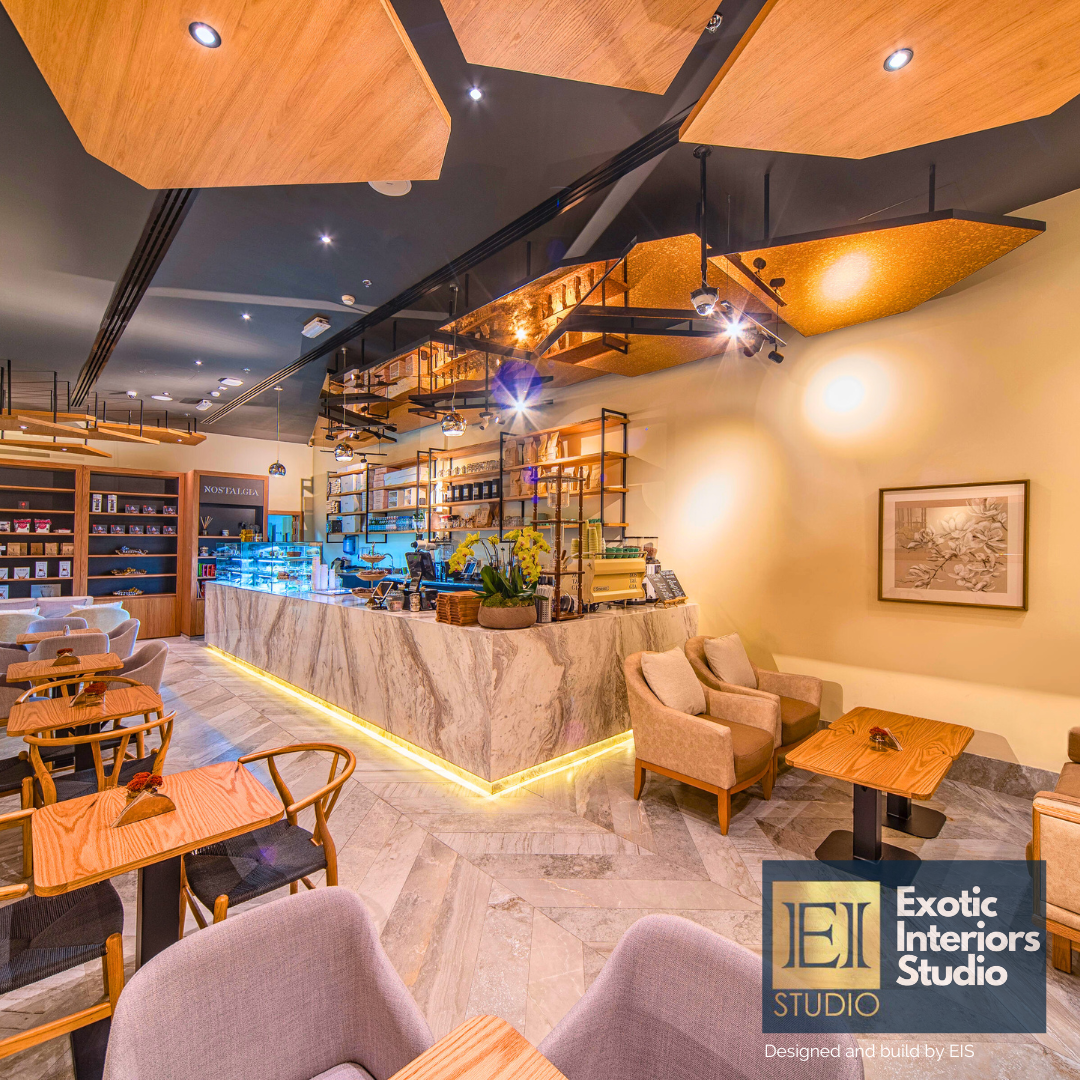
3) Free Wi-Fi
Many specialty cafes offer free Wi-Fi, which makes them a popular destination for people who need to work remotely or study. The availability of Wi-Fi makes it easy for people to connect with their laptops, tablets, or smartphones while enjoying their coffee.
4) Community-Oriented
Specialty cafes are often community-oriented and seek to foster a sense of connection and belonging among their customers. They may host events, workshops, or classes that allow coffee enthusiasts to learn more about the world of specialty coffee and connect with others who share their passion.
5) Convenient Locations
Specialty cafes are often located in convenient locations, such as busy streets or near public transportation. This makes them easy to access, which increases their appeal as a meeting point.
6) Sustainable
The popularity of specialty cafes can also be attributed to the rising interest in high-quality, artisanal products. People are increasingly looking for products that are ethically sourced, sustainable, and provide a unique experience. Specialty cafes offer all of these elements, providing coffee enthusiasts with a truly exceptional coffee experience.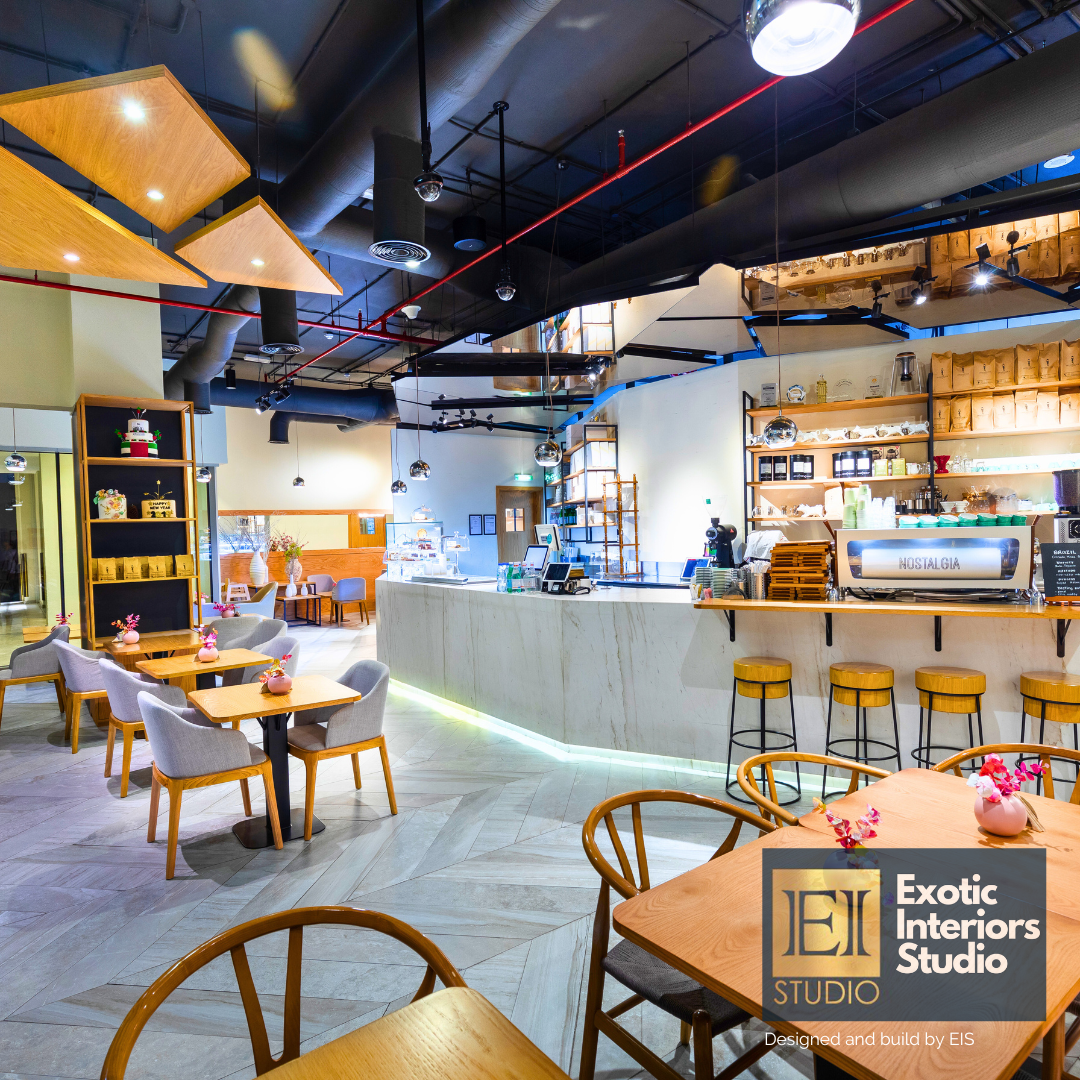
In conclusion, the reasons behind the trend towards specialty cafes are multifaceted. From the quality of the coffee to the atmosphere of the cafe, specialty cafes provide a unique and rewarding coffee experience that appeals to a wide range of people. As the demand for high-quality, artisanal products continues to grow, specialty cafes are likely to remain a fixture in the coffee culture for years to come.
You can consult us or visit our portfolio at Exotic Interiors Studio to get some information about the latest interior design & decor trends.
For more inspirations for your design, CONTACT our experts who can help you find the right design ideas for your restaurant. Feel free to reach out to us anytime.
GIVE US A CALL AT +971 52 542 2227 OR DROP US A MESSAGE AT [email protected]. GET IN TOUCH WITH US TODAY!



